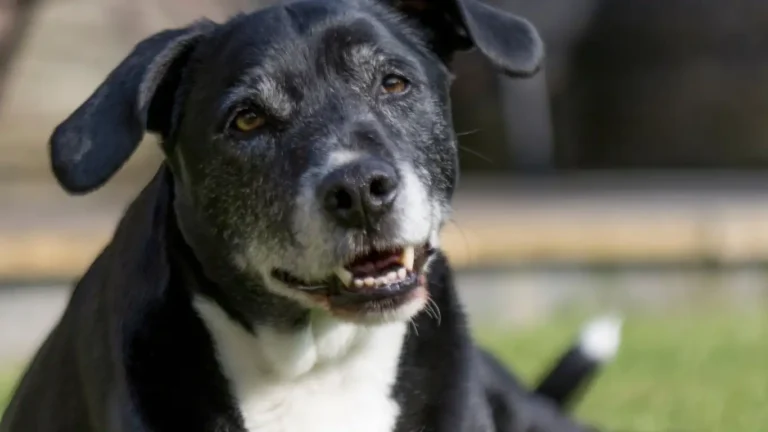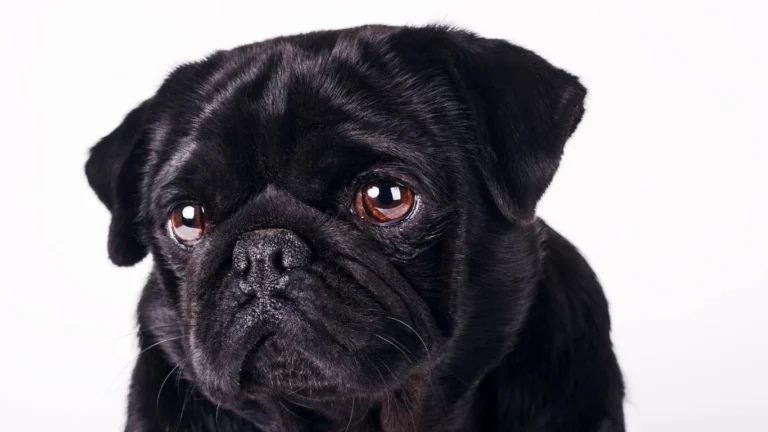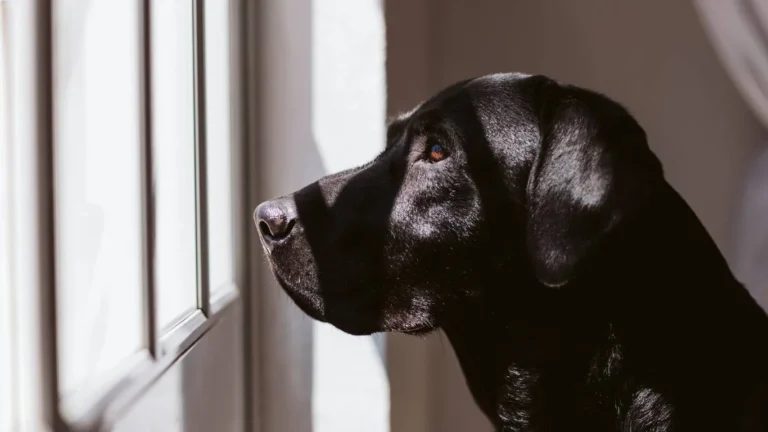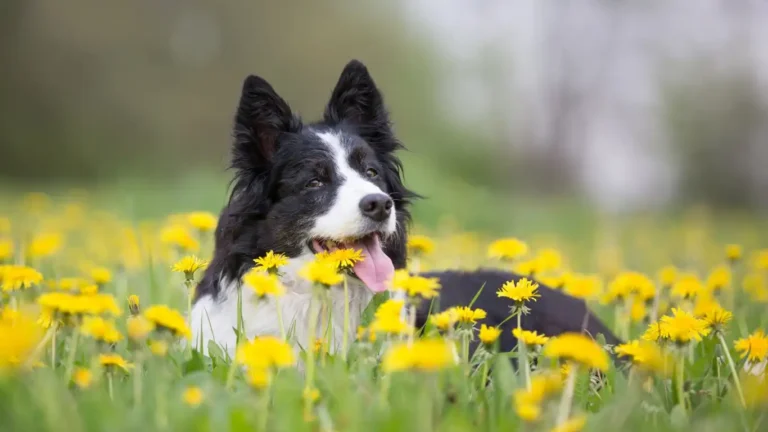Protect Your Dog’s Paws in Cold Weather: Essential Winter Care Tips
When winter rolls in with its icy sidewalks and frosty air, many pet parents focus on keeping their dogs warm with coats and sweaters. But one area often overlooked? Their paws. Knowing how to protect a dog’s paws in cold weather is just as important as keeping their body warm. As a Veterinary Technician specializing in nutrition, I’ve seen firsthand how extreme temperatures can affect a dog’s paw pads. From painful cracks to dangerous ice melt chemicals, winter can be tough on those little feet. So, let’s talk about how to keep your pup’s paws safe, happy, and healthy all winter long.
Why Winter Is Harsh on Dog Paws

Think about how your hands feel after being outside in freezing temperatures without gloves. Now imagine walking barefoot on that icy ground—yikes! That’s exactly what happens to our dogs. Here’s why winter can be a real challenge for their paws:
- Frozen sidewalks and ice: The cold surface can cause discomfort and even lead to frostbite if your pup is exposed for too long.
- Snow buildup between paw pads: Snow can clump between their toes, turning into painful ice balls.
- Harsh chemicals in ice melt: Many de-icers contain salts and chemicals that can irritate paws or be toxic if licked.
- Dry, cracked pads: Just like our skin, paw pads can become rough and cracked in cold, dry conditions.
Trust me, I’ve seen enough cases of winter-related paw injuries in my clinic to know prevention is key. A little effort now can save you and your pup from unnecessary pain later.
How to Protect a Dog’s Paws in Cold Weather

Now that we know the risks, let’s get into solutions. Keeping those paws in tip-top shape during winter isn’t as complicated as it might seem. Here are some tried-and-true ways to keep your dog’s feet safe:
1. Use Dog Booties
One of the best ways to protect your dog’s paws is with booties. I get it—not all dogs love them at first, and some will do that hilarious “high-step” walk when you put them on. But with a little patience, most dogs get used to them. Here’s why they’re worth it:
- They create a barrier between your dog’s paws and the freezing ground.
- They prevent ice buildup between paw pads.
- They block harmful chemicals from ice melt products.
When fitting your dog for booties, make sure they’re snug but not too tight. A loose bootie will fall off, and a tight one can cut off circulation. If your dog refuses to wear them, don’t worry—I’ve got more options.
2. Apply Paw Balm Regularly
If booties are a no-go, paw balm is your next best friend. Think of it as chapstick for your dog’s feet! It acts as a protective layer, keeping their pads from drying out and cracking. Plus, some formulas help repel ice and salt.
Here’s how to use it:
- Apply a small amount to each paw before walks.
- Let it absorb for a minute before heading out.
- Reapply after walks if needed, especially if your pup licks their paws.
Bonus tip: If your dog gets dry paw pads even when they’re not outside much, try applying balm at bedtime to help heal any cracks overnight.
3. Keep Paw Hair Trimmed
Long fur between paw pads might look cute, but it’s a magnet for snow and ice buildup. I’ve treated so many dogs who came in limping, only to find tiny, rock-hard snowballs stuck between their toes.
A quick trim can make all the difference. You don’t need to shave their paws completely—just keep the fur between their toes short enough that snow can’t cling to it. If you’re unsure, your groomer can help with this.
4. Wash and Dry Paws After Walks
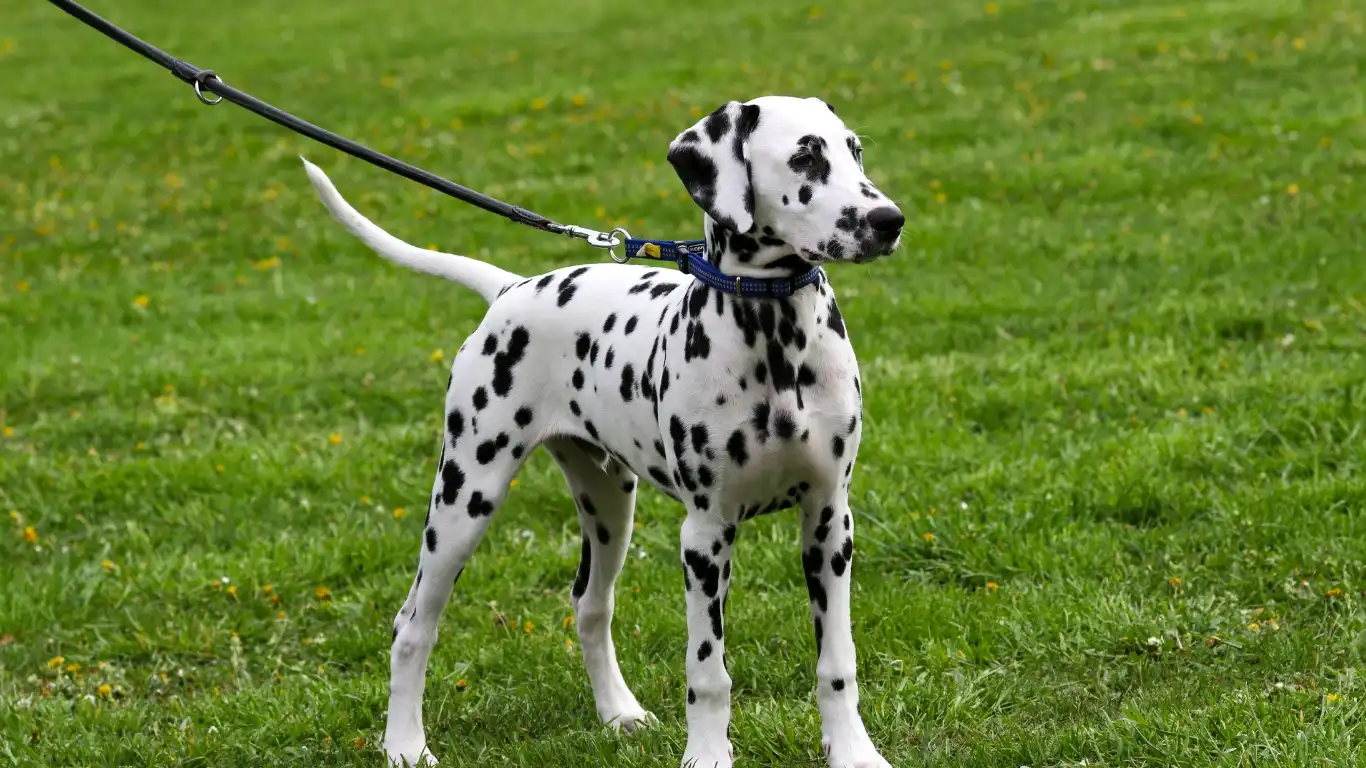
After every winter walk, give your dog’s paws a quick rinse or wipe-down. This helps remove any ice, salt, or chemicals they may have picked up along the way. Trust me, I’ve seen some nasty cases where dogs licked their paws after stepping in de-icer, leading to upset stomachs or even chemical burns.
Here’s a simple paw-cleaning routine:
- Use a damp cloth or pet-safe wipes to clean between the pads.
- Dry their paws thoroughly to prevent chapping.
- Check for cracks or cuts and apply paw balm if needed.
Making this a habit will go a long way in keeping your pup’s paws healthy all season long.
Recognizing Signs of Paw Discomfort in Cold Weather
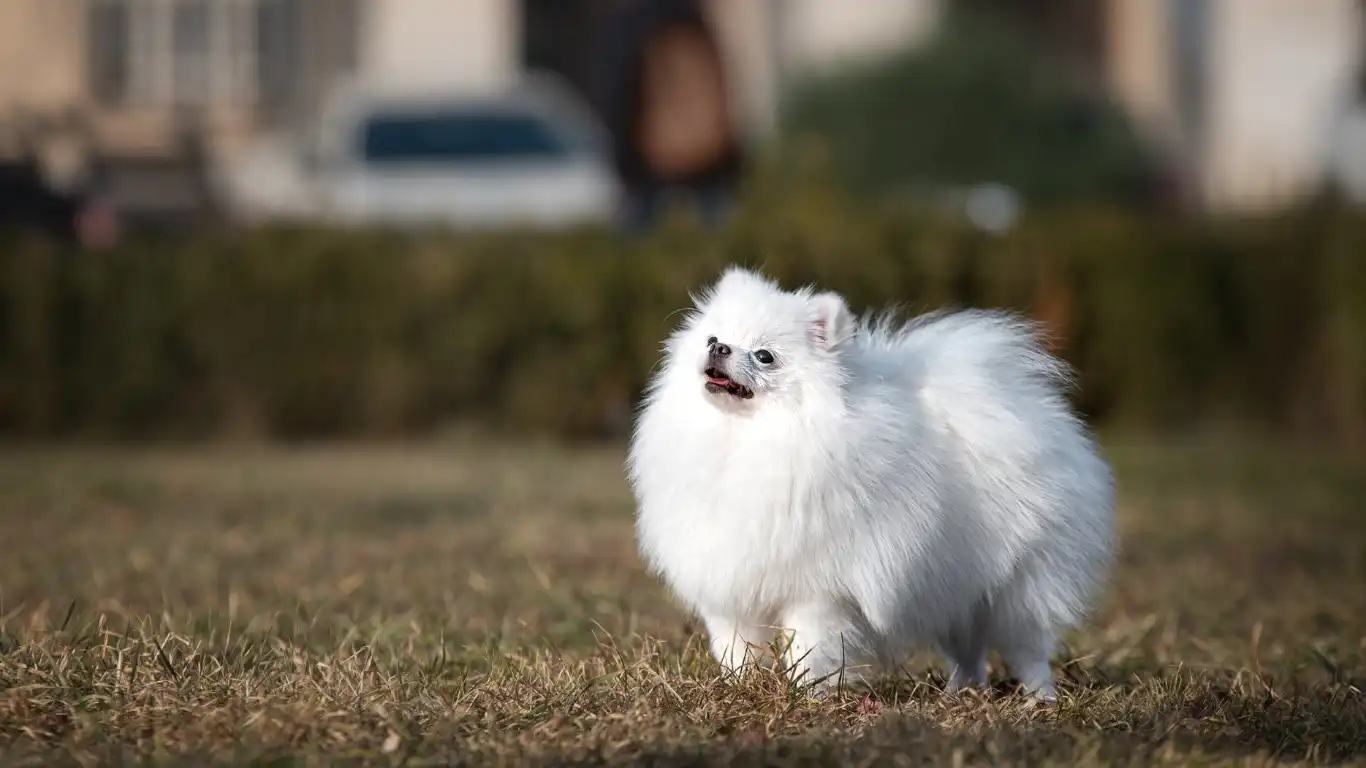
Even with all the right precautions, sometimes the cold still gets to our furry friends. The key is knowing what to look for. In my years as a Veterinary Technician, I’ve seen plenty of dogs come into the clinic with winter-related paw issues, and their owners often missed the early warning signs.
Here are some red flags that your pup’s paws aren’t handling the cold well:
- Limping or holding up a paw: If your dog suddenly starts walking funny or lifts a paw mid-walk, they might be experiencing discomfort from the cold or ice buildup.
- Excessive licking or chewing: If they’re fixated on their paws after being outside, it could mean irritation, dryness, or even a reaction to salt and de-icers.
- Cracks, redness, or sores: Check between their toes and on their pads for any damage. Even small cracks can turn into painful infections.
- Pale or blue paw pads: This can be an early sign of frostbite, which requires immediate attention.
If you notice any of these signs, take action quickly. A warm foot soak, some soothing paw balm, and a break from outdoor exposure can help prevent things from getting worse.
How to Keep Walks Enjoyable in Winter
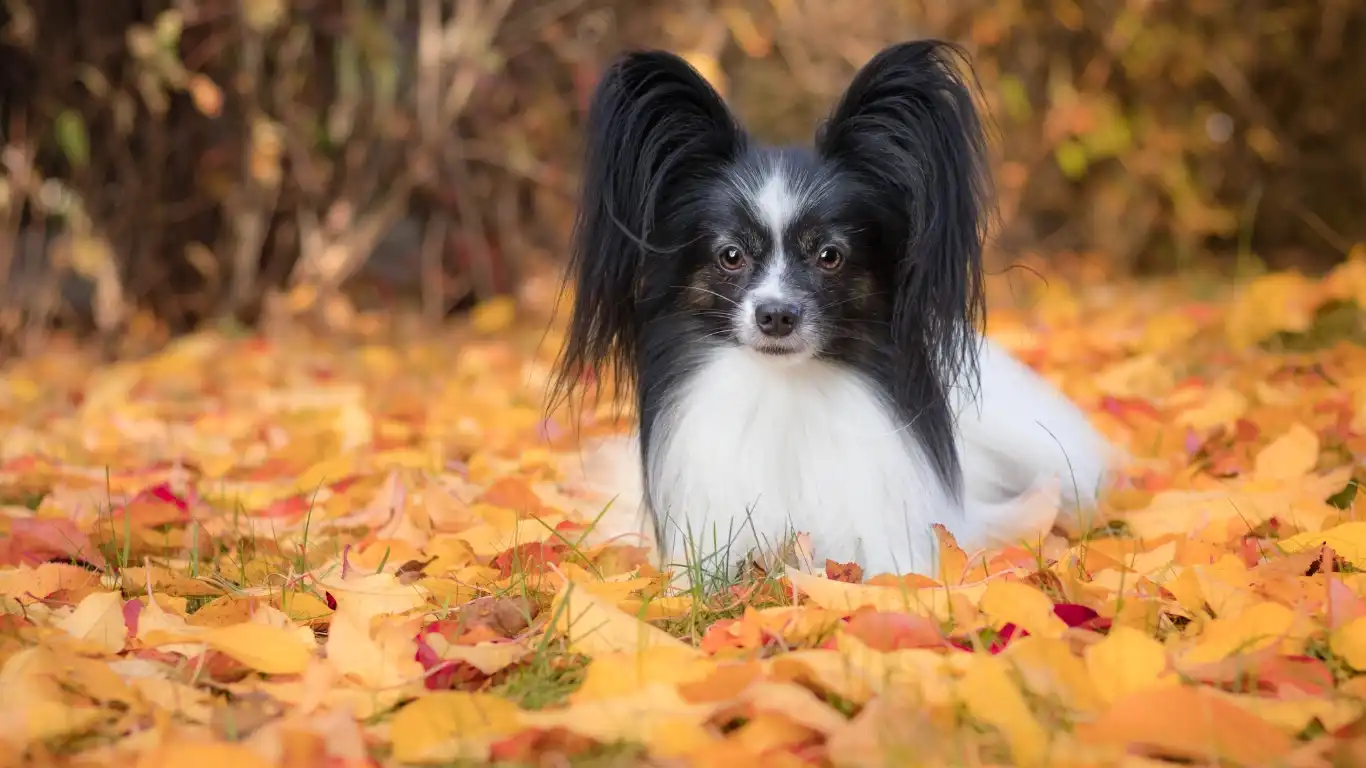
Winter walks don’t have to be miserable! With a little planning, you and your dog can still enjoy the great outdoors—even in freezing temperatures. Here are some tips to make those chilly adventures safer and more fun.
1. Plan Your Route
Where you walk matters. Sidewalks covered in salt or icy trails can be tough on paws. If possible, choose routes with fresh snow or paths that have been cleared but not heavily treated with chemicals. Parks and grassy areas are often better than city sidewalks.
2. Keep Walks Short
On the coldest days, quick and frequent walks are better than long treks. If it’s too cold for you to be outside for long, it’s probably too cold for your pup, too. Pay attention to their body language—if they start slowing down or shivering, it’s time to head home.
3. Encourage Movement
Just like us, dogs get colder when they stand still. Encourage movement during walks to keep circulation going. A light jog or some playful interactions can help keep your dog warm and happy.
4. Wipe Paws Immediately After Walks
Even if your dog doesn’t seem bothered, always wipe their paws after every walk. This removes ice, snow, and any harmful chemicals they may have stepped on. A damp cloth or pet-safe wipes work great, and a dry towel helps prevent moisture buildup.
DIY Winter Paw Care at Home

Beyond protecting paws outside, winter care starts at home. If you really want to keep your dog’s paws in top shape, adding a few extra steps to their routine can make all the difference.
1. Moisturize Paw Pads
Cold air and indoor heating can dry out your dog’s paw pads, making them more prone to cracking. A good paw balm or natural moisturizer like coconut oil can help keep them soft and healthy. Just be sure to use pet-safe products—some human lotions contain ingredients that can be toxic to dogs.
2. Massage Their Paws
Massaging your dog’s paws not only feels great for them, but it also increases circulation, which can help prevent stiffness and frostbite in cold weather. Plus, it’s a great bonding activity!
3. Keep Their Nails Trimmed
Long nails change the way a dog’s foot hits the ground, making it harder for them to get a good grip on slippery surfaces. Keeping their nails trimmed helps with stability and reduces the risk of slips and falls.
4. Create an Indoor Paw Cleaning Station
Set up a little cleaning area by your door with towels, wipes, and a shallow bowl of warm water. That way, you can clean your dog’s paws as soon as you come inside, preventing them from tracking in snow, salt, or chemicals.
Taking these extra steps might seem like a hassle at first, but trust me—it’s worth it. Not only will it keep your pup’s paws healthy, but it’ll also make winter walks more enjoyable for both of you.
Best Products to Protect Your Dog’s Paws in Winter

Over the years, I’ve tested a lot of paw protection products—some were game changers, while others were a waste of money. If you’re looking for the best ways to protect your dog’s paws in cold weather, here are a few must-have items that actually work.
1. Dog Booties
As mentioned earlier, booties are one of the most effective ways to protect your pup’s feet. Here’s what to look for when choosing the right pair:
- Good traction: Look for rubber soles that help with grip on icy surfaces.
- Adjustable straps: A secure fit is key to preventing them from slipping off.
- Waterproof material: Keeps paws dry and warm.
Some well-rated brands include Ruffwear, Muttluks, and QUMY. But every dog is different, so be prepared to try a couple of styles before finding the perfect fit.
2. Paw Balm
If your dog refuses booties (some just won’t tolerate them, no matter how hard you try), paw balm is a great alternative. It creates a protective barrier while moisturizing their pads. Some of my favorite options include Musher’s Secret and Burt’s Bees Paw & Nose Lotion.
3. Pet-Safe Ice Melt
Traditional ice melt products contain harsh chemicals that can burn your dog’s paws. If you need to use ice melt around your home, go for a pet-safe version like Safe Paw or Morton Safe-T-Pet.
4. Paw Wipes
Keeping a pack of pet-safe paw wipes by the door makes post-walk cleanup quick and easy. They’re especially useful if you live in an area where sidewalks are treated with de-icers.
What to Do If Your Dog’s Paws Get Injured in Cold Weather

Even with the best care, accidents happen. If your dog experiences a winter-related paw injury, here’s what to do.
1. Treating Dry, Cracked Pads
Cracked paw pads can be painful and prone to infection. If you notice dryness or minor cracks:
- Apply a dog-safe moisturizer daily.
- Limit outdoor exposure until their paws heal.
- Use protective booties or balm before walks.
2. Handling Frostbite
Frostbite is rare but can happen if your dog is exposed to extreme cold for too long. Signs include pale, cold paw pads that later turn red or swollen. If you suspect frostbite:
- Gently warm their paws with lukewarm (not hot) water.
- Wrap them in a warm towel and keep them inside.
- Contact your vet immediately.
3. Dealing with Chemical Burns
If your dog steps on harsh de-icers, their paws may become red and irritated. In some cases, they might even develop sores. Here’s how to help:
- Rinse their paws with warm water immediately.
- Apply a soothing paw balm or aloe vera.
- Keep them from licking their paws to avoid ingesting chemicals.
Final Thoughts on Winter Paw Care
Keeping your dog’s paws healthy in winter isn’t difficult—it just takes a little extra effort. Whether you choose booties, balm, or a simple post-walk rinse, your pup will thank you for the added comfort and protection.
At the end of the day, knowing how to protect a dog’s paws in cold weather is about being proactive. If you stay ahead of the game, winter walks can remain fun and safe for both of you. So bundle up, take the right precautions, and enjoy the season with your four-legged best friend!
References
Disclaimer
The information in this article is based on my experience as a Veterinary Technician and research from reputable pet health sources. It is not intended to replace professional veterinary advice. If your dog experiences severe paw issues, consult a licensed veterinarian.

